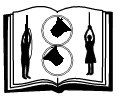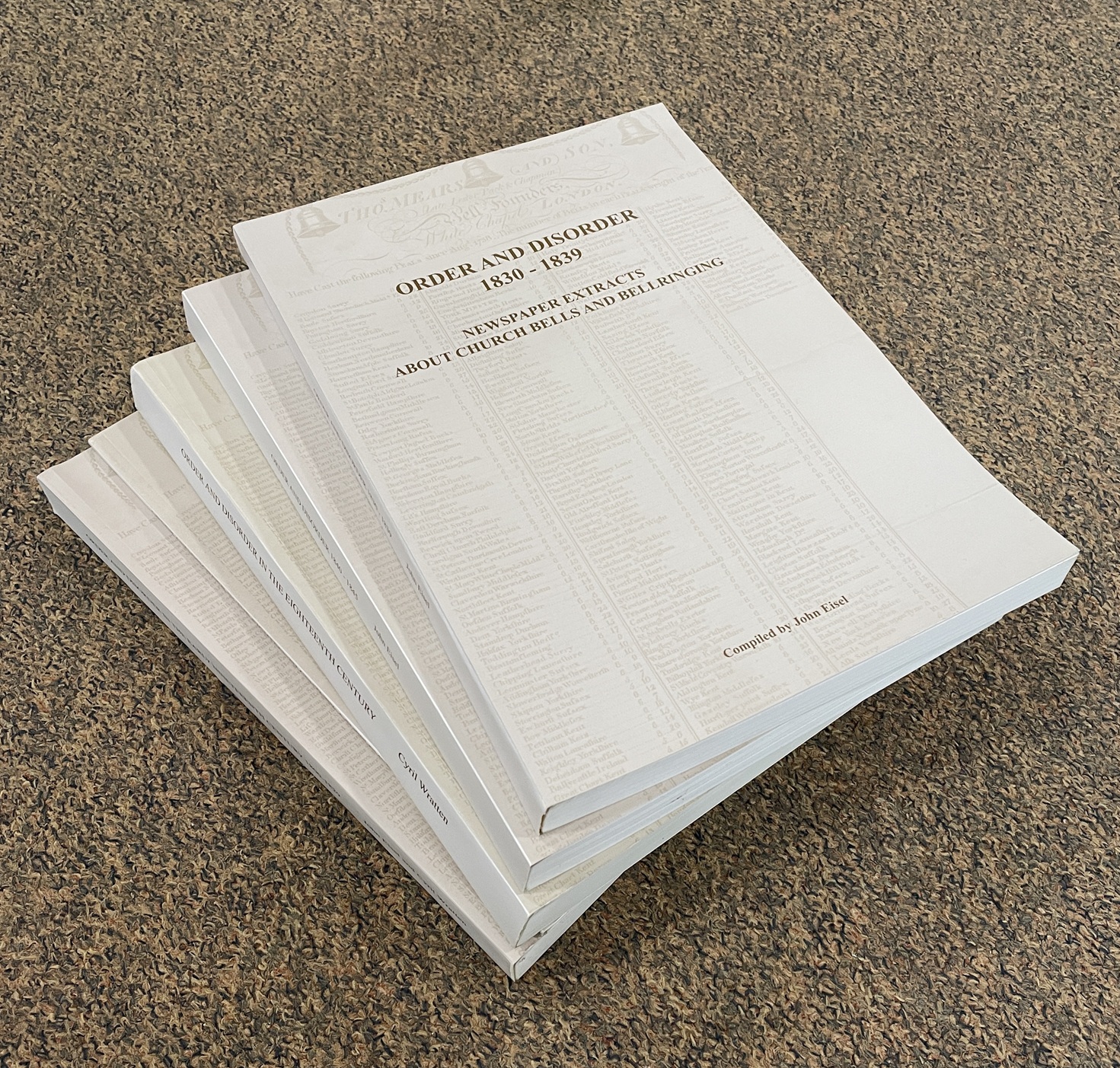
|
Ringing History Hub |

|
Ringing History Hub |

|
Newspaper reports and adverts are one of the major sources for the history of change ringing, and tell us much more than the bare records contained in peal and name books. In the Order and Disorder series John Eisel has brought together extracts from numerous early newspapers. These snipets of the history of ringing give us a fascinating insight into the beginings of our art. Less-► |
|
Copyright © 2003-2025 Central Council of Church Bellringers |
Log in | Site map |